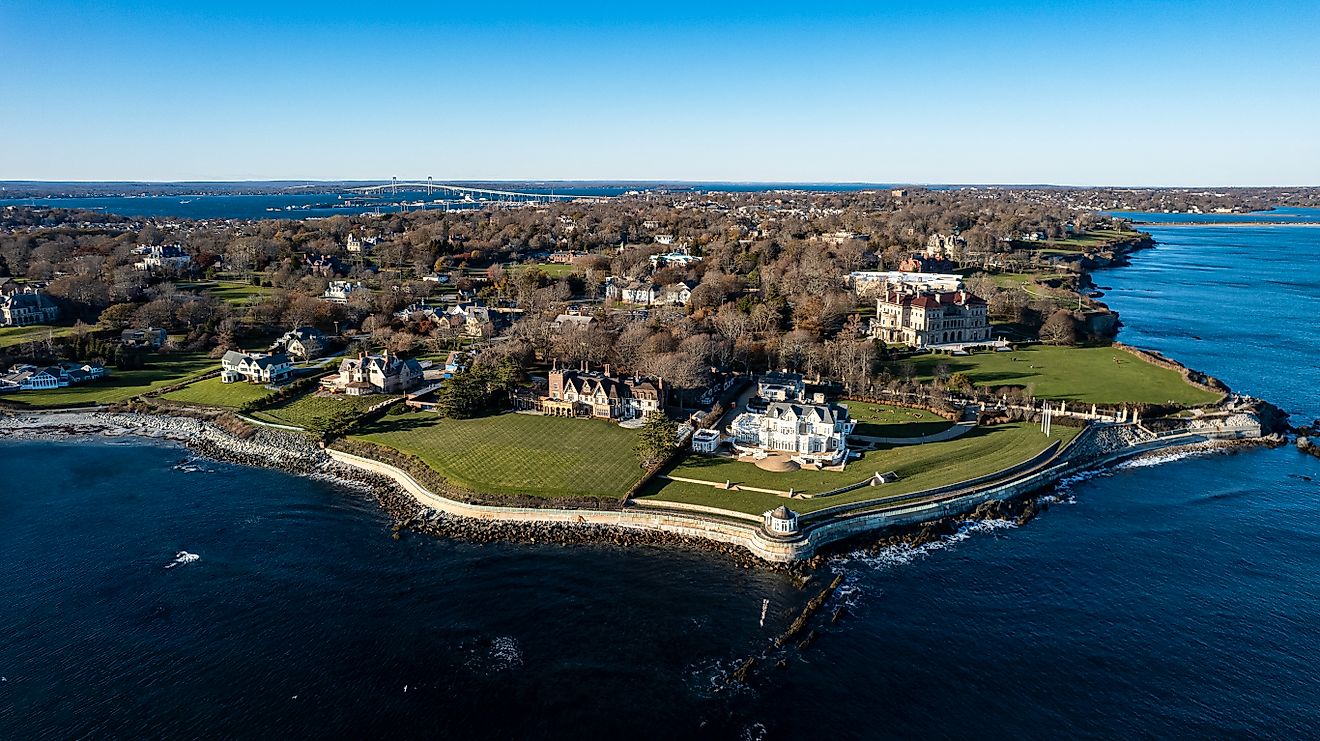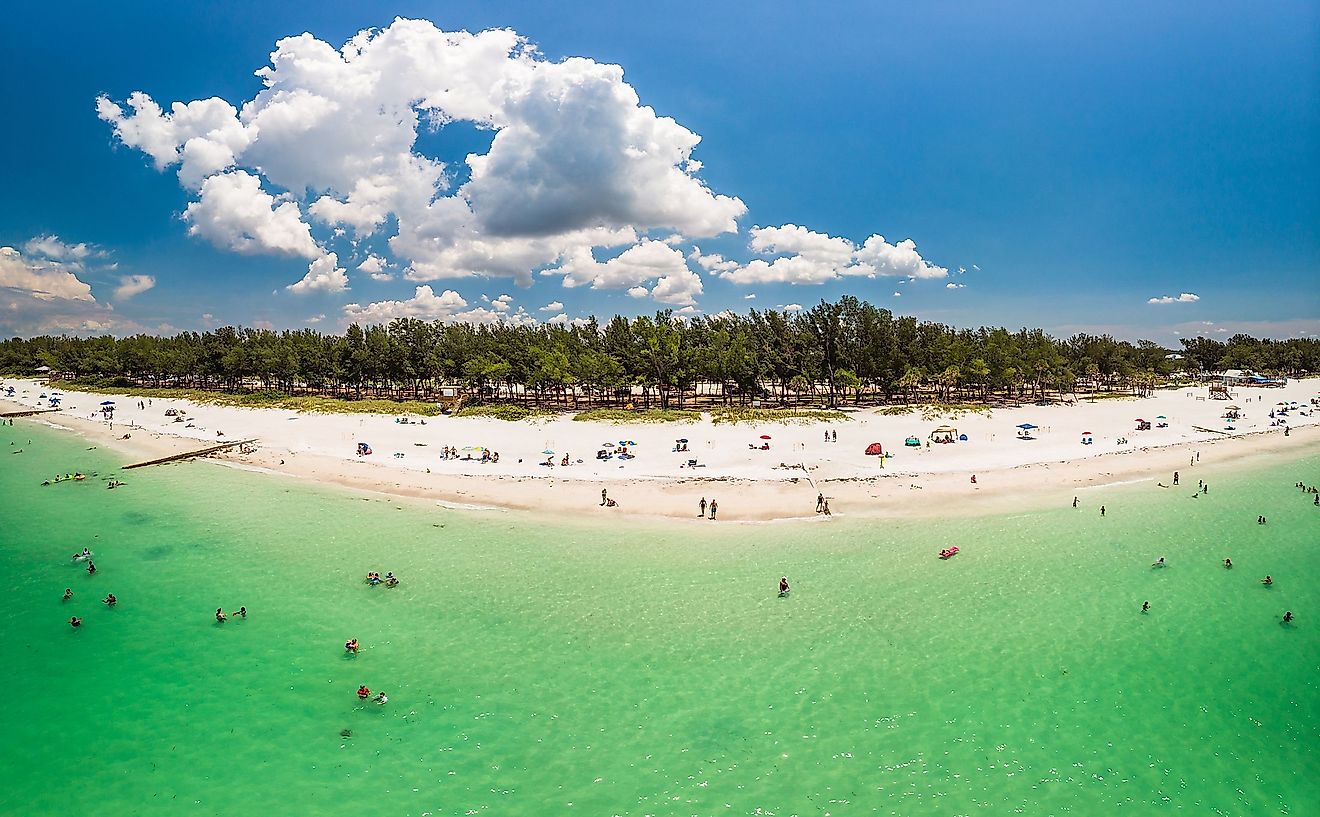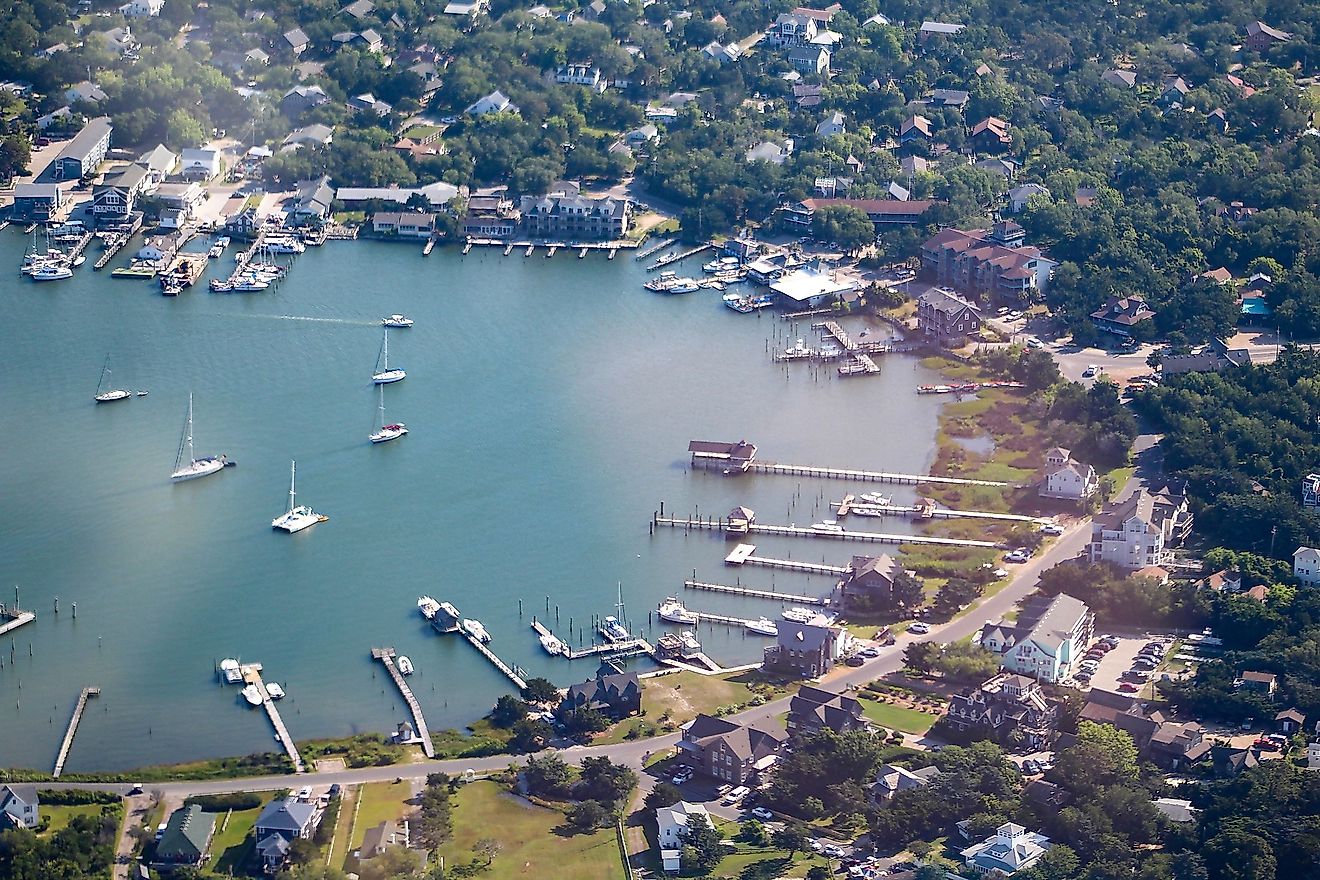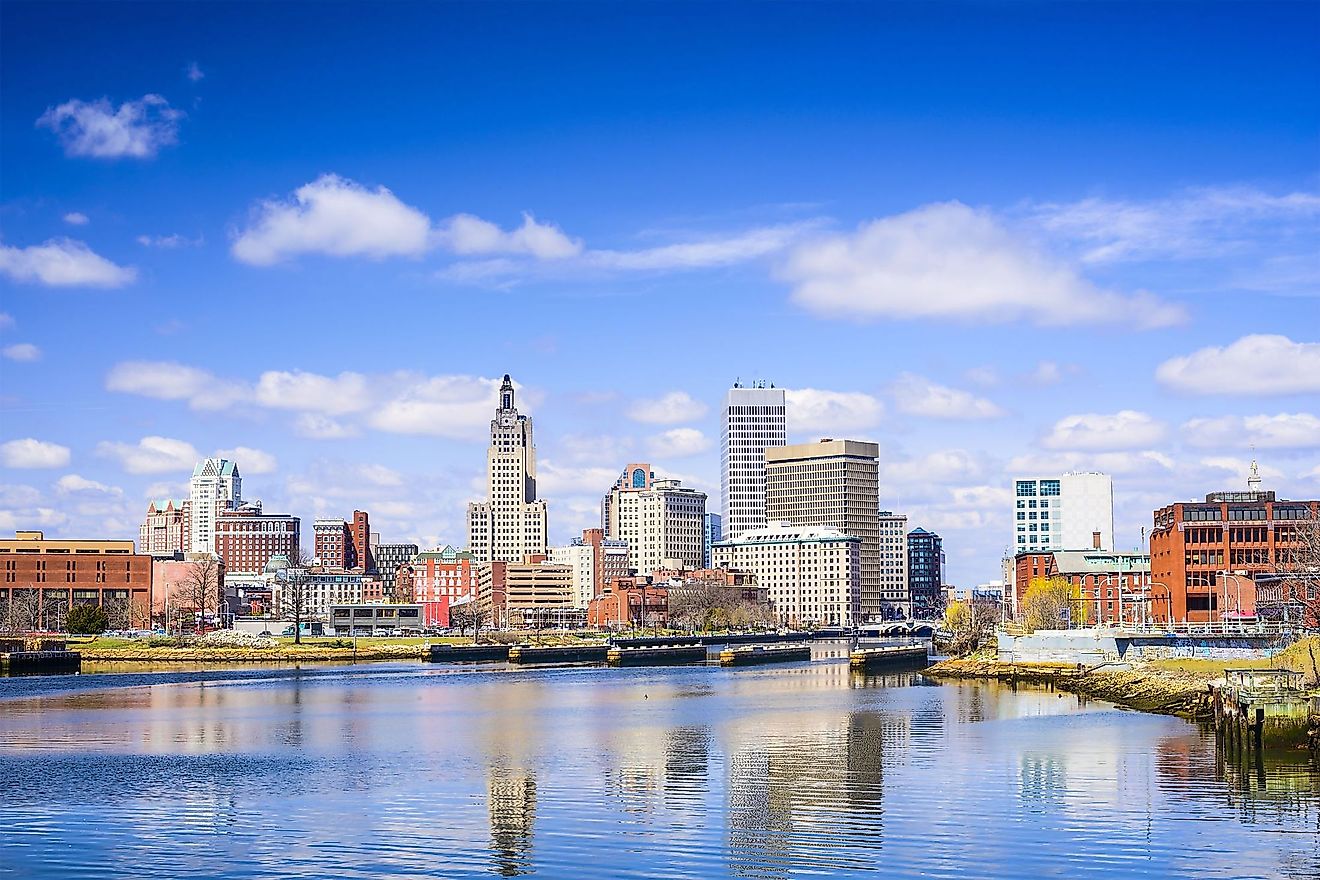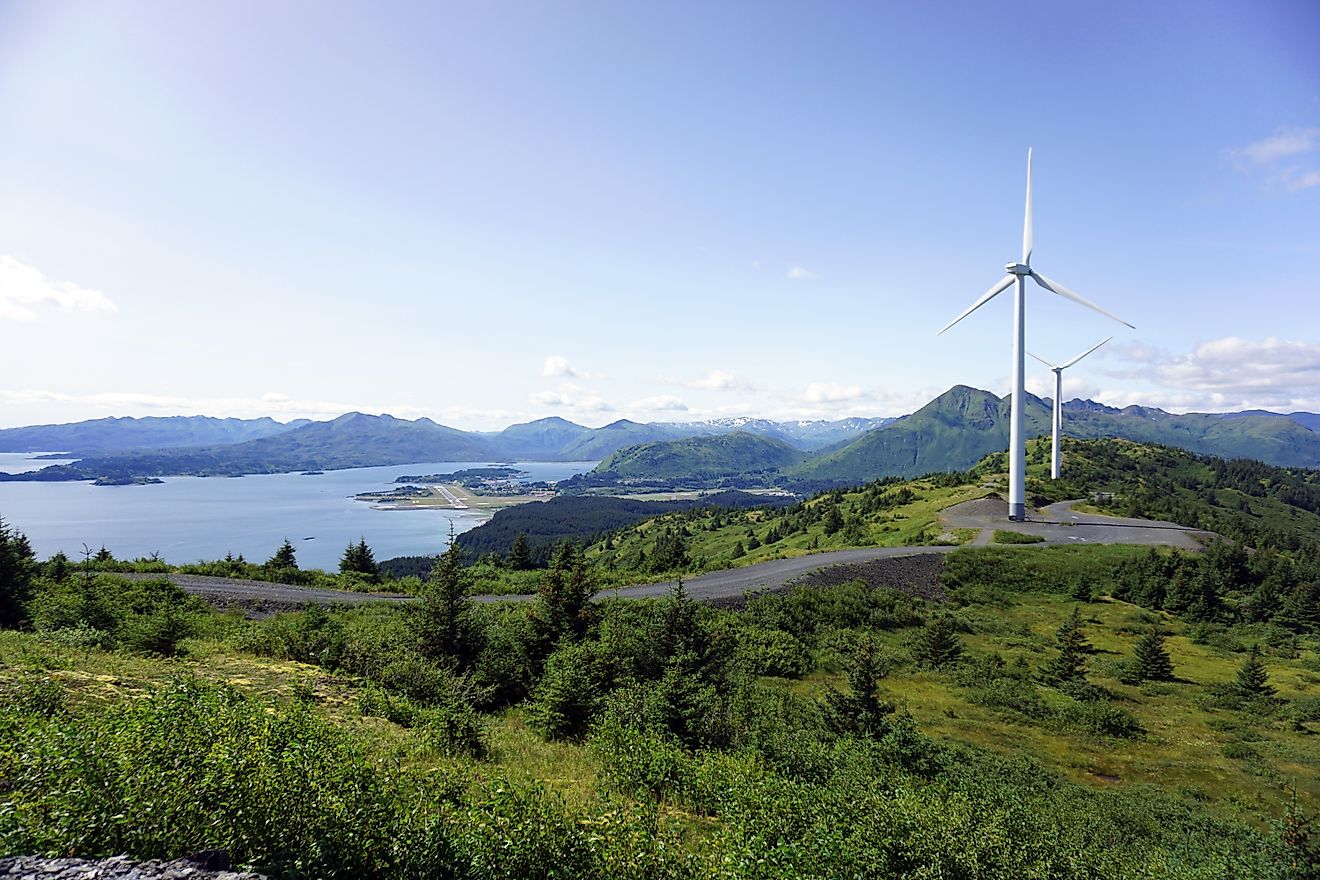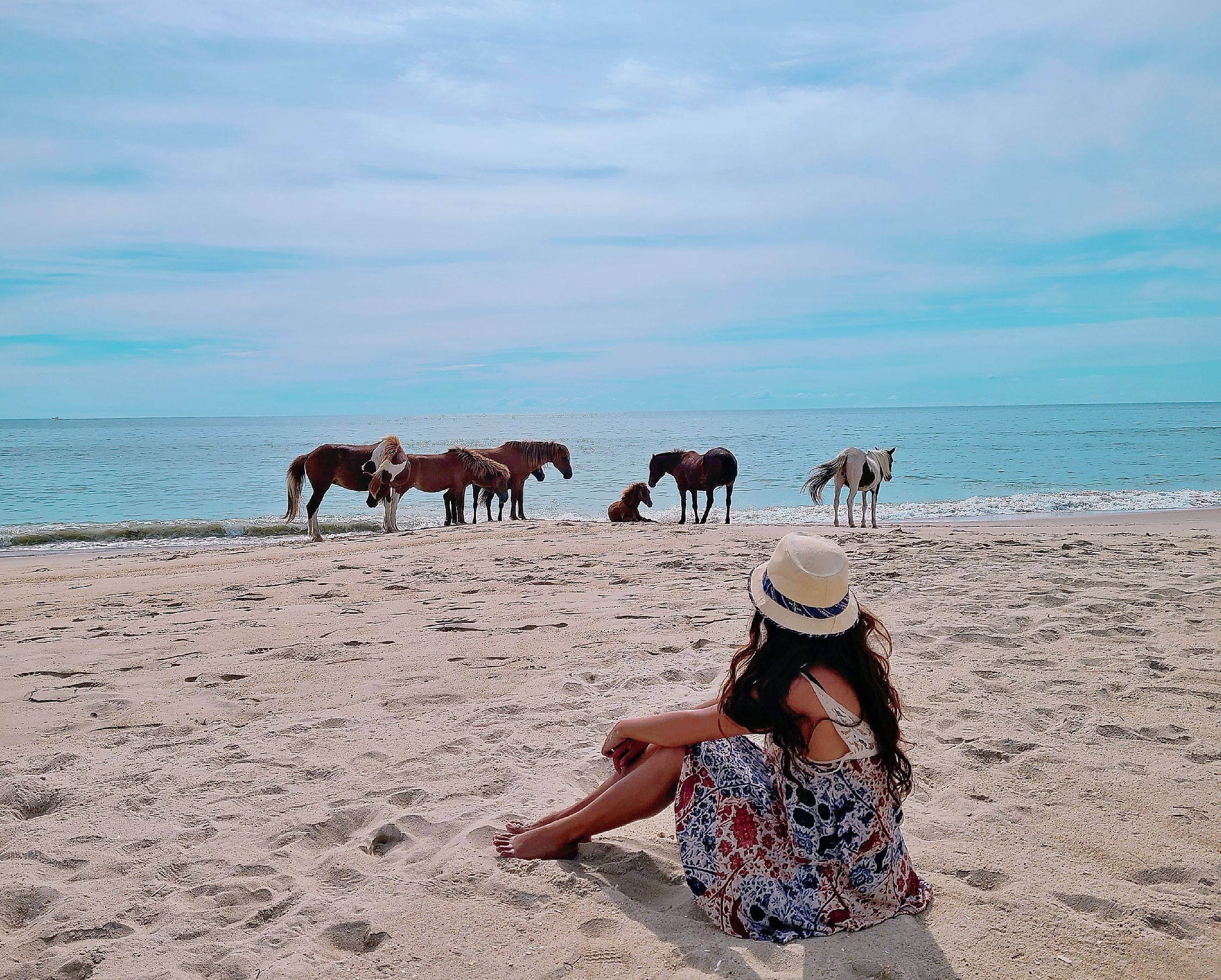
The Quiet Island in Virginia With Wild Ponies
Tucked away on Virginia’s Eastern Shore, far from the neon boardwalks and bumper-to-bumper traffic of larger beach towns, lies a barrier island like no other. Chincoteague Island isn’t just a peaceful escape—it’s the gateway to one of the most iconic and awe-inspiring natural experiences in the United States: the sight of wild ponies roaming free on Assateague Island.
Here, wild horses have galloped across windswept dunes for centuries, their silhouettes backlit by the setting sun, while the laid-back rhythms of island life unfold just across the water. This is a place where small-town simplicity meets untamed coastal wilderness—and it has captivated the imagination of travelers, nature lovers, and horse enthusiasts for generations.
A Town Unspoiled by Time
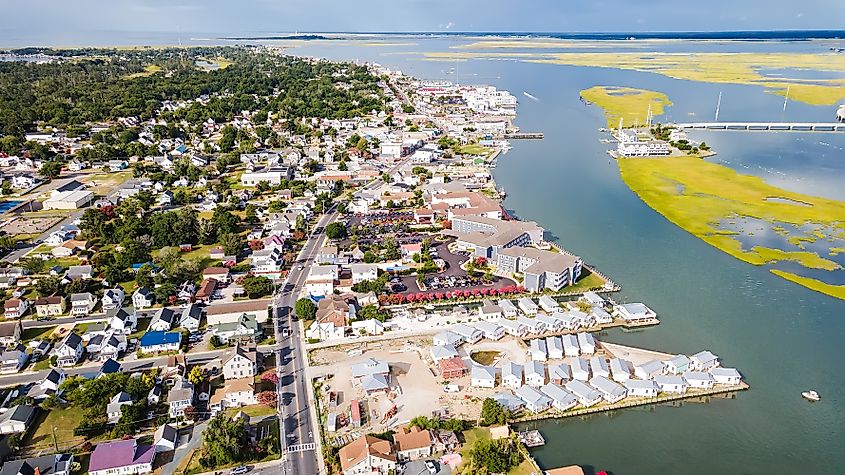
Chincoteague is Virginia’s only resort island, but don’t expect glitzy hotels or jam-packed beaches. There are no high-rises, no boardwalks, and certainly no traffic jams. What it offers instead is an atmosphere of unhurried charm. It's a destination where families ride bikes along quiet lanes, kayakers explore calm bay waters, and sunsets over the Chincoteague Bay rival the best in the world.
Just a short drive from major mid-Atlantic cities like Washington D.C., Baltimore, and Norfolk, Chincoteague feels like a world apart. Despite its growing popularity, it has retained its small-town soul—a place where crab shacks serve up the freshest seafood, and shopkeepers know your name by the second day of your visit.
But the real magic lies just across the bridge.
Assateague Island: A Wild Horse Haven

Connected by a short causeway, Assateague Island is a 37-mile-long barrier island split between Virginia and Maryland. While it’s home to pristine beaches, maritime forests, and salt marshes, its biggest draw is the herd of wild ponies that roam its Virginia side—famously known as the Chincoteague Ponies.
Technically feral horses rather than true wildlife, these rugged animals are descendants of domestic horses brought to the island centuries ago. Their origin story is clouded in legend: some say they swam ashore from a Spanish galleon shipwreck in the 1700s, while others point to 17th-century livestock owners who used the remote island to evade fencing laws and taxes.
Whatever their true history, these ponies have become an integral part of the landscape—weathered, resilient, and utterly enchanting.
They survive against the odds, enduring extreme heat, swarms of mosquitoes, and limited access to fresh water and quality food. Yet they thrive, moving in small bands, grazing among the dunes, and carving out a place for themselves in one of the most unique ecosystems on the East Coast.
The Legend That Launched a Tourism Boom
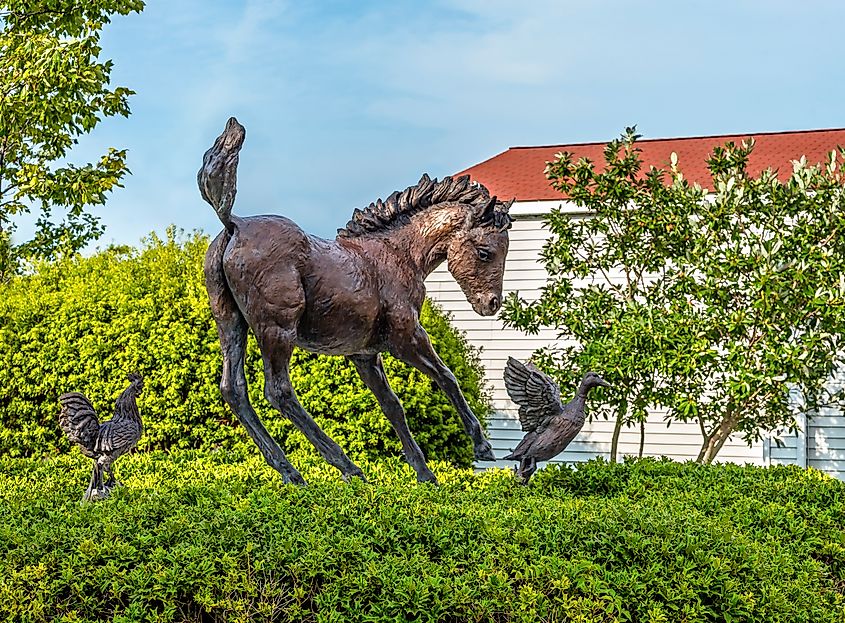
Much of the world first learned about these ponies through the eyes of a fictional filly named Misty.
In 1947, author Marguerite Henry wrote Misty of Chincoteague, a children’s book inspired by real events and real ponies. The story followed two children as they worked to purchase and tame a wild pony during Chincoteague’s annual Pony Penning festival. The book became a bestseller, a school library staple, and eventually, a 1961 film adaptation by Twentieth Century Fox.
What followed was a surge of interest in Chincoteague Island, which up until then had been a quiet fishing village. Suddenly, people from all over the country were eager to visit the place where Misty had once roamed. Tourism blossomed—but remarkably, the island’s character remained intact.
To this day, you can visit the Museum of Chincoteague Island to see Misty’s preserved figure, as well as learn about the deep connection between the island’s people and its ponies.
The Pony Penning Tradition
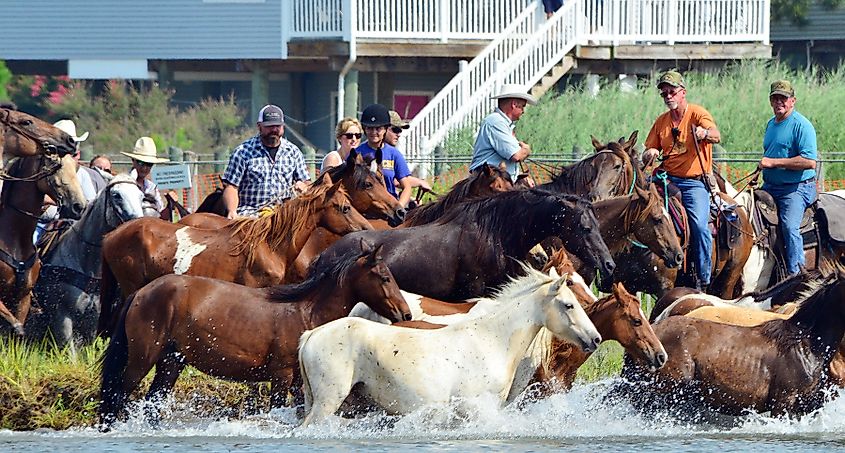
Each July, thousands gather on Chincoteague Island for one of the most unique wildlife events in America: the annual Pony Swim.
Known as Pony Penning, this multi-day celebration sees the Virginia herd of ponies rounded up on Assateague by “Saltwater Cowboys”—volunteers from the Chincoteague Volunteer Fire Company. On the last Wednesday of July, the ponies swim across the Assateague Channel to Chincoteague Island in a dramatic, crowd-pleasing spectacle.
The following day, most of the young foals are auctioned off to raise funds for the fire company and to help manage the size of the herd, which is capped at around 150 adult animals to preserve the fragile ecosystem of the Chincoteague National Wildlife Refuge.
The tradition is over 90 years old, and it strikes a rare balance: preserving the health of a wild population while connecting people to the untamed spirit of these animals.
A Refuge Like No Other
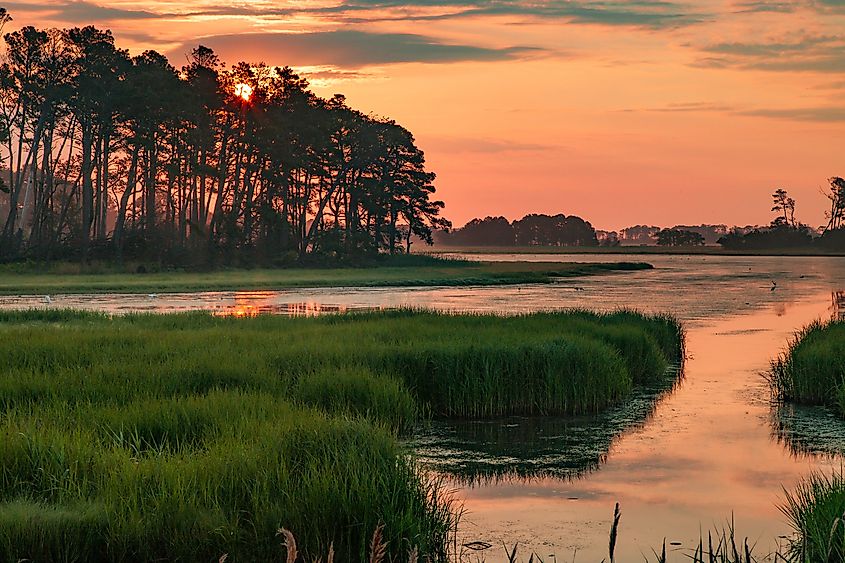
The Virginia side of Assateague is protected as the Chincoteague National Wildlife Refuge, a 14,000-acre sanctuary managed by the US Fish and Wildlife Service. It’s not just home to wild ponies—it’s also a haven for migratory birds, endangered species, and countless native plants and animals.
Visitors can hike the miles of trails that wind through maritime forest, salt marsh, and beach dunes. Popular spots include the Lighthouse Trail, leading to the historic Assateague Lighthouse, and the Wildlife Loop, a paved trail ideal for biking or walking with views of grazing ponies and flocks of snow geese.
Assateague Beach, part of the refuge, is one of the most pristine in Virginia. With no commercial development and limited parking, it retains the feel of a wild coastline—just sand, surf, and sky.
Wild, But Not Tame
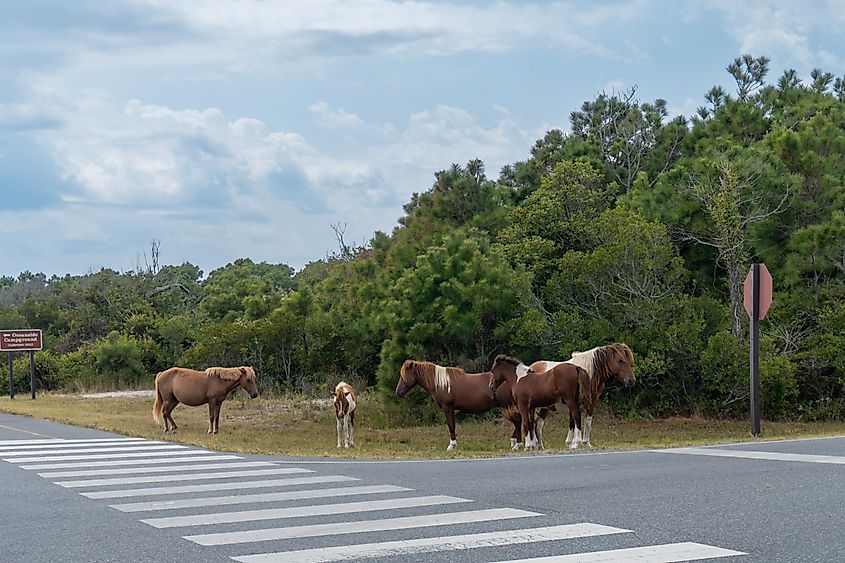
While the ponies are beloved and photographed endlessly, it’s critical to remember they are not pets. Feeding or approaching them can lead to serious harm—for both people and the horses. Each year, visitors are injured by kicks or bites after getting too close.
More tragically, ponies accustomed to human food or roadside begging often meet fatal ends in vehicle collisions. The US Fish and Wildlife Service and National Park Service emphasize strict guidelines: admire from afar, photograph with a zoom lens, and never interfere.
The magic of the Chincoteague ponies lies in their wildness. Protecting that wildness is the responsibility of everyone who visits.
When to Visit Chincoteague and Assateague
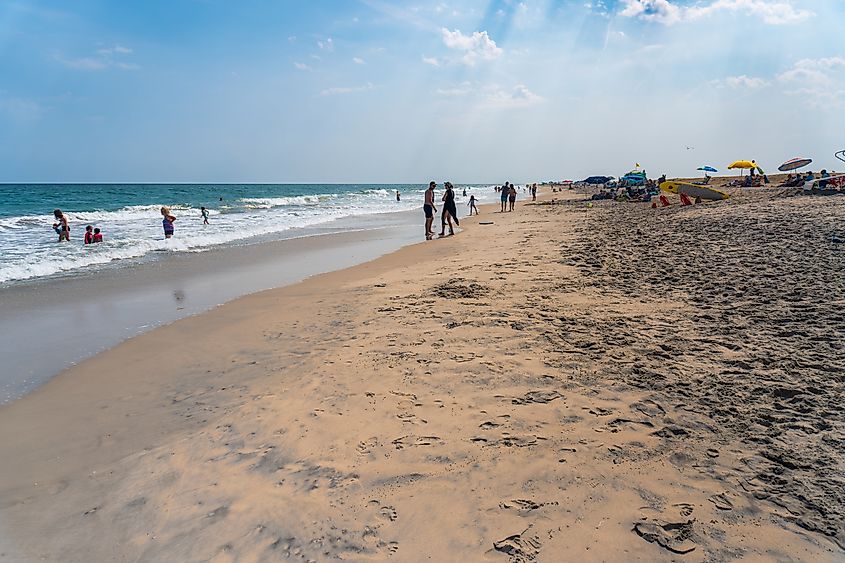
While summer is peak season, especially during Pony Penning, spring and fall offer quieter experiences with milder weather and fewer crowds. Birdwatchers flock to the area in spring and fall migrations, while beachgoers enjoy warm, uncrowded sands through September.
Winter, though cold, has its own draw—tranquil trails, dramatic coastal skies, and the solitude of a windswept island almost entirely to yourself.
No matter the season, Chincoteague’s quiet charm and Assateague’s untamed beauty remain timeless.
Where Wild Horses Still Run Free
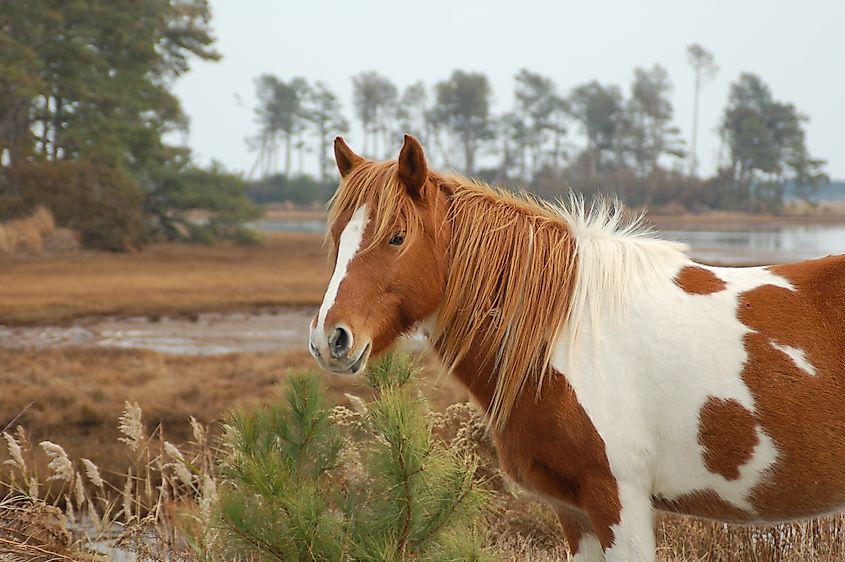
In a world that moves faster every day, Chincoteague and Assateague offer something increasingly rare: a place where nature sets the pace.
Whether you come to witness the legendary Pony Swim, walk beside the Atlantic at sunrise, or simply watch a herd of ponies graze in the salt marshes, you’ll leave with the feeling that you’ve experienced something ancient, authentic, and undeniably magical.
This quiet island may be modest in size, but its spirit—fueled by centuries of folklore, tradition, and wild freedom—is as vast as the sea that surrounds it.
